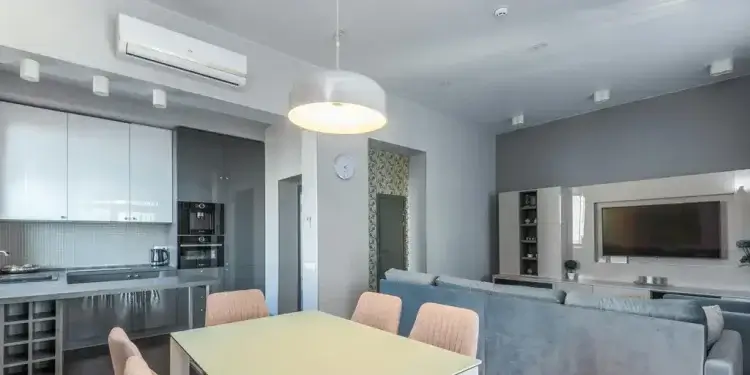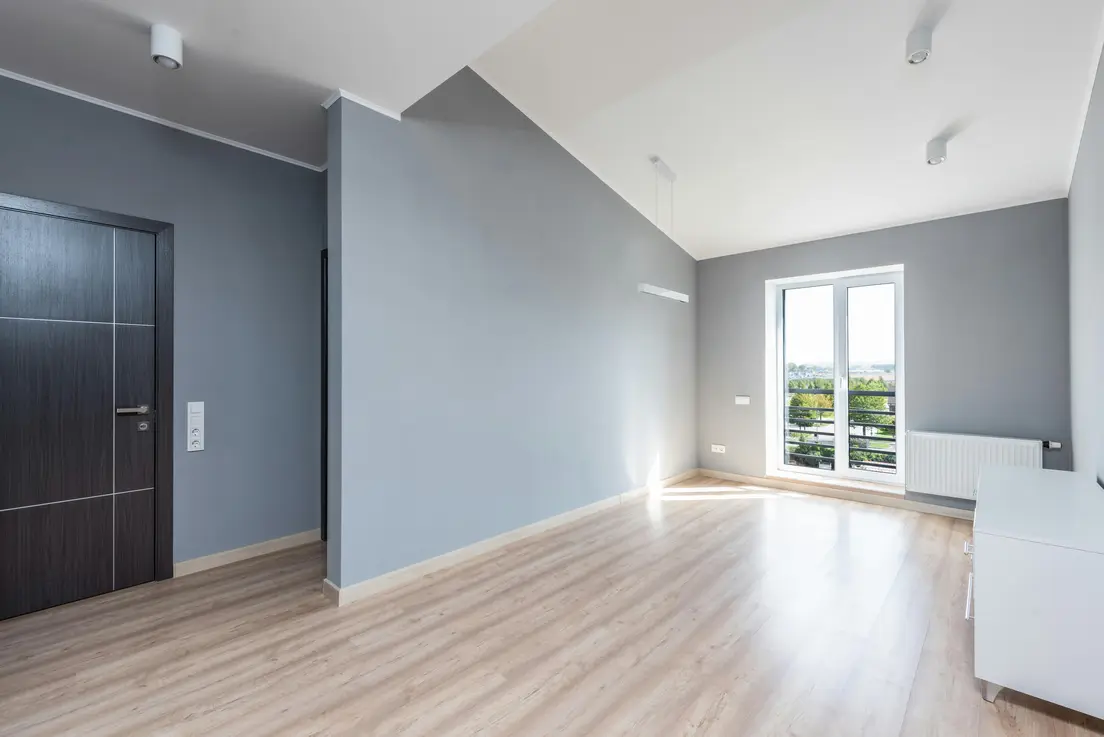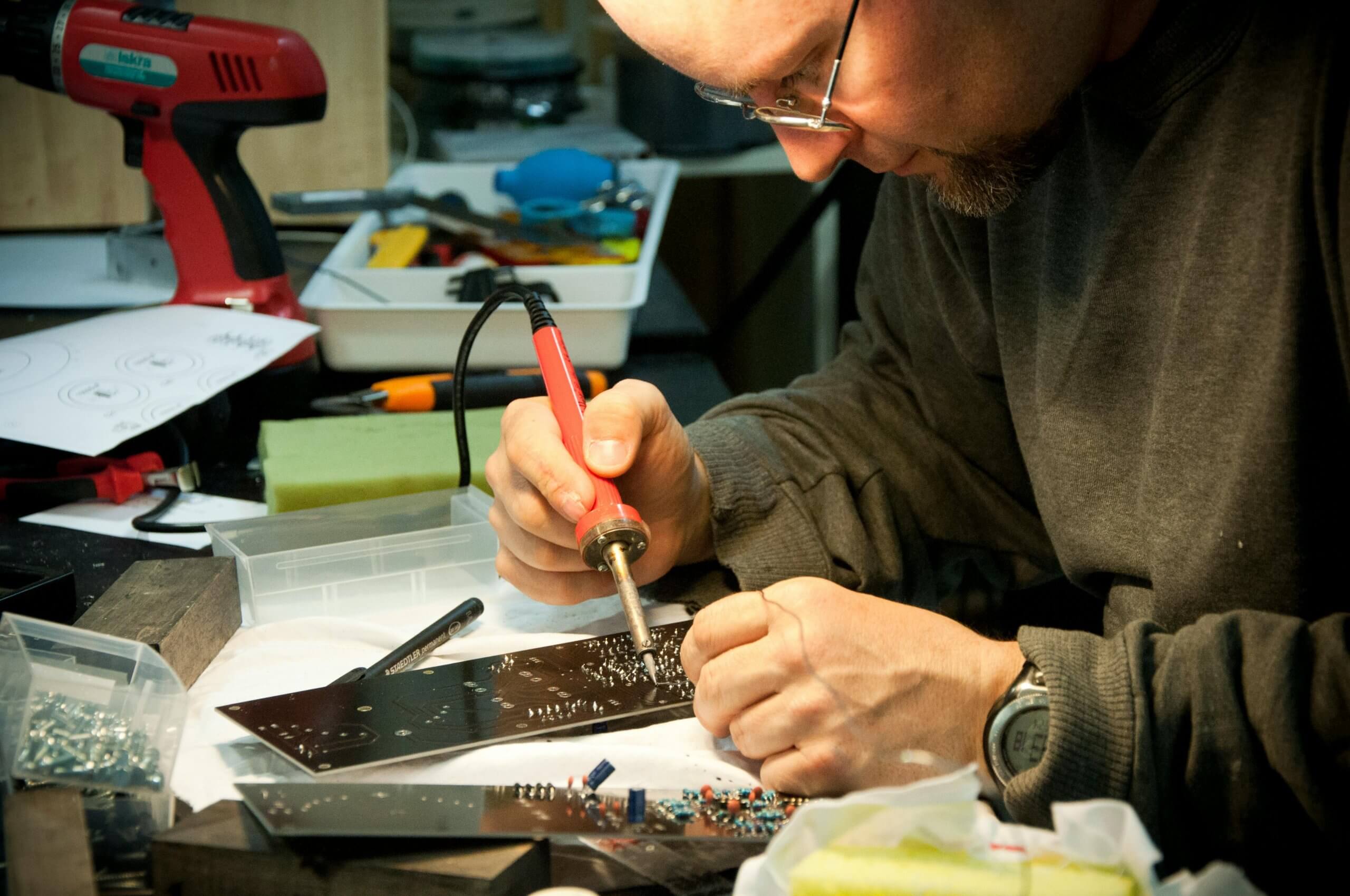As the summer months roll in, finding the optimal house temperature becomes essential for comfort and energy efficiency. Striking a balance between staying cool and conserving energy can be challenging. Whether you have an air conditioning unit, a fan, or simply rely on natural ventilation, understanding the best summer house temperature can make your home a haven during the heatwaves.
The Ideal Temperature Range
According to energy experts, the optimal indoor temperature during summer is typically between 72-78 degrees Fahrenheit (22-26 degrees Celsius). This range provides a balance between comfort and energy savings. Setting your thermostat within this range helps you stay comfortable without your energy bills skyrocketing.
Factors Influencing Indoor Temperature
Several factors can impact the best temperature setting for your home:
- Insulation: Well-insulated homes can maintain cooler temperatures longer, requiring less energy to cool.
- Humidity Levels: High humidity makes it feel warmer than it actually is. Using a dehumidifier can help maintain comfort.
- Window Treatments: Curtains and blinds can block out the sun’s heat, aiding in better temperature regulation.
- Outdoor Temperatures: Adjusting your thermostat based on outdoor temperatures can help optimize cooling efficiency.
Using Programmable Thermostats
A programmable thermostat can be a game changer during summer. It allows you to automatically adjust the temperature based on your daily schedule. For instance, you can set a higher temperature when no one is home and lower it before you return, ensuring comfort while saving energy.
Energy-Saving Tips
Here are some additional tips to keep your house cool and energy-efficient:
- Ceiling Fans: Use ceiling fans to circulate air. They can make the room feel up to 4 degrees cooler and consume less energy than air conditioners.
- Close Doors and Vents: Close doors, vents, and unused rooms to focus cooling where it is needed most.
- Night Cooling: When it cools down at night, turn off the AC and open windows to let in fresh air.
- Regular Maintenance: Keep your HVAC system in top shape with regular maintenance to ensure effective cooling.
Maintaining Comfort
Comfort is subjective and differs from person to person. Some might prefer a cooler environment, while others are comfortable with a slightly warmer setting. Experimenting within the recommended range can help you find your sweet spot. Additionally, dressing in lightweight, breathable clothing and staying hydrated can significantly contribute to staying comfortable indoors.
Conclusion
Finding the best summer house temperature is about balancing comfort and efficiency. Keeping your thermostat between 72-78 degrees Fahrenheit, using smart tools like programmable thermostats, and implementing energy-saving measures can provide a comfortable living space throughout the summer months. With the right strategies, your home can be a cool sanctuary amidst the summer heat while keeping those energy bills in check.


















